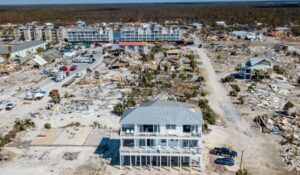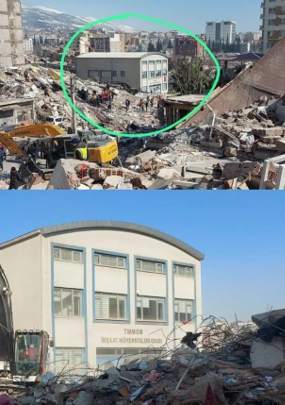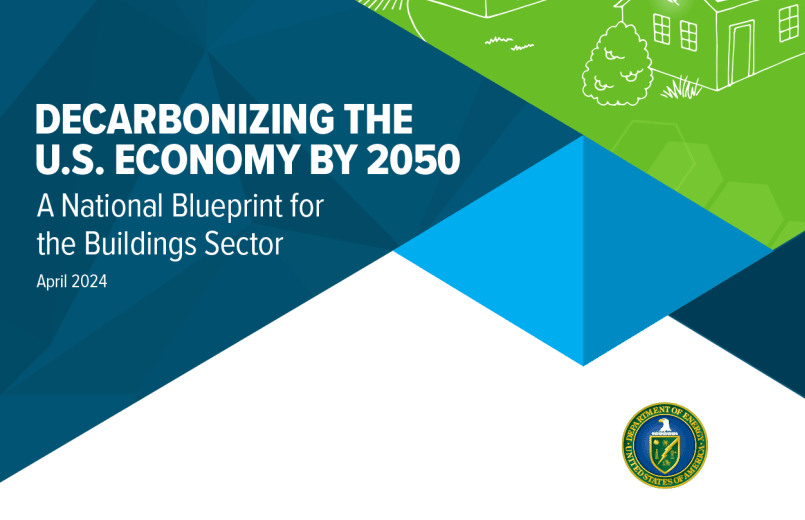Concrete: Sustainability and Resilience
The content of this post is available as a PDH.
Concrete has been painted as a material bad for the environment. However, it’s really been more of a victim of carbon tunnel vision in the world of sustainability. Rather sustainability is about “meeting the needs of the present without compromising the ability of future generations to meet their own needs” (UN) With this in mind, concrete merits a second look as a sustainable building material.
Longer Lasting
Sustainability is measured as inputs over time. By making things that last longer they are inherently more sustainable.
Concrete has no problem lasting. Roman concrete structures have lasted 2,000+ years. Many of these structures, including aqueducts and bridges, have been regularly exposed to water. Why then does modern concrete fail so much quicker. Simply put they use unreinforced concrete (no rebar). Reinforcing concrete allows us to use less concrete and make a stronger product. Using steel for reinforcement though makes our structures susceptible to corrosion, and ultimately failure. As steel rusts it expands, causing the concrete to spall.
While we are unlikely to go back to the days of unreinforced concrete, there are numerous alternatives and strategies we can use:
- Fiberglass rebar– stronger than steel, and corrosion-free
- Fibers- replace large bars with smaller fibers
- Corrosion inhibitors- prevent the water and salts from reacting with the bar
- Seal the concrete- prevent the water from penetrating into the concrete
Denser Development
Urban residents on average have a smaller environmental footprint than rural residents. And it largely comes down to transportation.
Transportation is one of the largest emitters of carbon (fuel combustion) and pollutants (brakes). However, modern society dictates that we get from where we live to where we work and play. If we can shorten these distances we can directly reduce our emissions. To do this we need to make things closer—densify and urbanize.
However people need their space and privacy. Concrete allows for taller buildings, dampens sound, and keeps us safe from fire. To make denser developments, concrete is critical. It’s why we call cities ‘concrete jungles’.
Resiliency
The structures we build need to last and stand up to the elements. Depending on where you live hurricanes, tornadoes, earthquakes, and wildfires can and do happen. We know how to build structures that are able to survive these natural disasters. Simply put, it’s not hard to find pictures of a single structure built to code standing in a field of debris from lesser structures. When building with concrete to modern codes our structures survive, however sometimes we cut corners and pay the price. 

While we can plan, design, and construct for things to last we take out insurance to protect our investments. Things that are riskier are more costly to insure. That is why brick homes cost 6% less to insure, on average. And, homes made of fire-resistant materials save 12%, on average. These structures are less risky.
Energy Efficiency
Sustainability is not a one time investment, it’s about taking into account the use of the structure. Using a structure often means heating and cooling to make it comfortable. Concrete has two key benefits in this aspect:
- It makes better building envelopes- it’s as your dad used to say, “I’m not air conditioning the outside”. This mean you can have smaller HVAC units and you can use them less.
- Thermal mass- heavy materials take more energy to heat or cool. In terms of climate control this means that the indoor climate is slower to react to normal thermal variations throughout the day, and thus require less active climate control

Aside from managing the comfort of occupants in buildings, concrete has benefits as pavement over asphalt and gravel. Because it has higher compressive strength, it is more durable and lasts longer (ever wonder why bus stops are made of concrete). Also by virtue of being stiffer it means that cars move farther per unit of energy, increasing fuel efficiency. Finally because of its lighter color it takes less light (and less electricity) and it avoids the heat island effects.
Better Concrete
Finally the attention being paid to the carbon intensity of concrete has led to improvements and understanding. This has led to concrete that is higher performance, and also has a lower environmental footprint. Some of these discoveries have simply come from knowing more about the material we’ve been using for millennia. While we know that carbonation — chemical reuptake of CO2– occurs naturally, we did not understand how fast or the role of the concrete mix itself in this process. We recently learned that the reuptake of 1 month of dry cast concrete is equal to 10 years of reuptake in wet cast. This is now reflected in the latest block EPD‘s.
Engineers and contractors have historically over-designed their structures. In the case of concrete this meant higher compressive strength, which is a direct function of cement. By instead focusing on the application we’ve been able to use less cement by optimizing design. Additionally the QA/QC process around mixing has gotten better leading to less overdesign. This has also been coupled with the use of supplementary cementitious material (SCM) like fly ash and coal slag that perform similarly to cement.
Innovative technologies have begun to enter the concrete space.
- Alternative manufacturing techniques- Personally I think Brimstone as a drop-in alternative is really exciting
- Cement alternatives (e.g., nonhydrualic cements, alkali activated cement)- These have similar binding properties to ordinary Portland cement, but not all knowledge is transferable. Meaning with additional research and production we should be able to make the substitution.
- Carbon curing (e.g., CarbonCure, CarbonBuilt) introduces carbon dioxide in the curing process to accelerate the carbonation process
As an aside, I know about geological carbon sequestration. However, the economics, geography, and historical difficulty in this process lead me to believe that this is not going to be a substantial piece of the puzzle.
—
I was a sustainability guy before I was a construction. Always excited to chat on this topic.

VP of Business DevelopmentAaron Fisher
Latest News
4 Features That Makes Masonry Supply Company Stand Out
A masonry supply company plays a crucial role in the success of construction projects, providing essential materials and expertise to […]

Choosing The Right Size Lintel For Your Project
Determining the correct size of a lintel is critical for the stability and longevity of your construction project. A lintel […]

Data Misses on Embodied Carbon
There is significant urgency to avoid, reduce, or even reverse the emissions of greenhouse gases (CO2e) to avoid the worst […]

4 Masonry Tools You Should Have At Home
Effective and efficient masonry work, whether for repairs or new projects, requires the right tools. At home, having a basic […]
